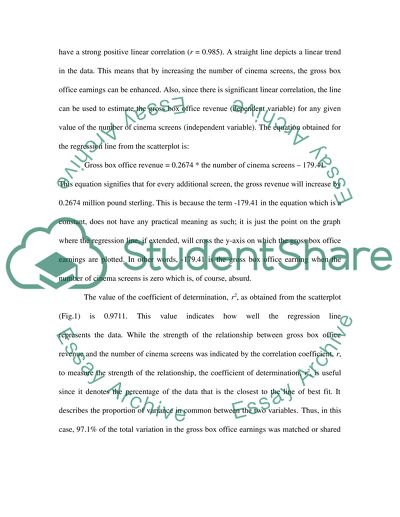Cite this document
(A Study on Box Office Revenues Research Paper Example | Topics and Well Written Essays - 1250 words, n.d.)
A Study on Box Office Revenues Research Paper Example | Topics and Well Written Essays - 1250 words. Retrieved from https://studentshare.org/macro-microeconomics/1556513-understanding-information-report
A Study on Box Office Revenues Research Paper Example | Topics and Well Written Essays - 1250 words. Retrieved from https://studentshare.org/macro-microeconomics/1556513-understanding-information-report
(A Study on Box Office Revenues Research Paper Example | Topics and Well Written Essays - 1250 Words)
A Study on Box Office Revenues Research Paper Example | Topics and Well Written Essays - 1250 Words. https://studentshare.org/macro-microeconomics/1556513-understanding-information-report.
A Study on Box Office Revenues Research Paper Example | Topics and Well Written Essays - 1250 Words. https://studentshare.org/macro-microeconomics/1556513-understanding-information-report.
“A Study on Box Office Revenues Research Paper Example | Topics and Well Written Essays - 1250 Words”, n.d. https://studentshare.org/macro-microeconomics/1556513-understanding-information-report.


